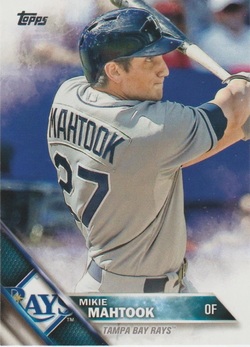
Here are the basics, although very little has changed: A hobby box contains 36 packs, with 10 cards to a pack. Expect prices to range in the $75 to $85 range, depending on the retailer. Hobby boxes will contain one hit, while jumbo boxes will contain an autograph card and a pair of relics. Collectors who enjoy buying retail will be able to collect 40 medallions that are included in blaster boxes at stores like Target and Walmart.
Like Series 1, there are 350 cards in a base set, with the final number topping out at No. 701. In the hobby box provided to me by Topps, I pulled 315 base cards and one negative parallel. The black and white parallel was of Athletics pitcher Ryan Madson and admittedly looked kind of funky. At first I thought it was some kind of misprint or production error, but after checking with a Topps official it was an intentional parallel. Interesting. Most of the card fronts have a vertical design, but the hobby box I opened had 79 cards with a horizontal look. That’s 25 percent; personally, I prefer the vertical look. When I was a kid collecting, horizontal designs were reserved for league leaders, postseason results and rookie cards. Times have changed.
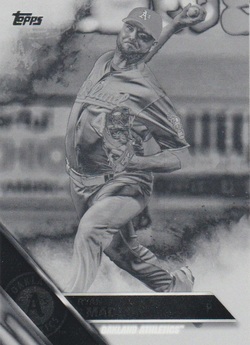
Other parallels include gold, which are numbered to 2016; rainbow foil, which average three to a hobby box; vintage stock, numbered to 99; black, exclusive to hobby and jumbo boxes (65); pink (50); hobby-exclusive clear (10) and 1/1 platinum.
Hobby and jumbo boxes also can contain framed parallels (1/1) and printing plates (also 1/1s). The box I opened included six gold parallels and one black one. There also were three rainbow foil parallels.
The big hit in the box I opened was a Scouting Report autograph card of Rockies minor-league catcher Tom Murphy. The signature is on a sticker, and the back of the card has a description that reads like a baseball scout’s report. Murphy was a September call-up for the Rockies in 2015 and homered in three straight games (September 19, 21 and 23), adding eight of the nine RBIs he collected last season in those three games. Murphy is currently catching for Albuquerque in the Triple-A Pacific Coast League, has seven homers and 23 RBIs, and has delivered 31 hits — 20 for extra bases. On the negative side, he’s batting .221.
There are 47 different autograph subjects.
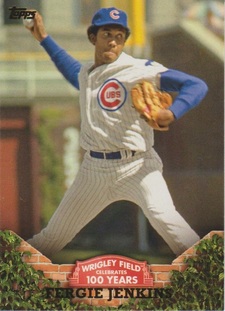
A third returnee is the Wrigley Field Celebrates 100 Years insert, which includes 25 cards that honor key players and key moments at the Friendly Confines. Collectors can expect four per hobby box on average, and that’s how many I pulled.Some of the inserts are carryovers from Series 1. Berger’s Best adds another 65 cards — representing one per year since Topps began putting out baseball cards on an annual basis in 1952. They average one in every four packs, and I hit the average with nine cards. Also returning for Series 2 is First Pitch, a 20-card subset that shows more celebrities throwing out the ceremonial first ball during the 2015 season. They fall every eight packs on average, but I found five in the 36-pack box I opened.
A third returnee is the Wrigley Field Celebrates 100 Years insert, which includes 25 cards that honor key players and key moments at the Friendly Confines. Collectors can expect four per hobby box on average, and that’s how many I pulled.
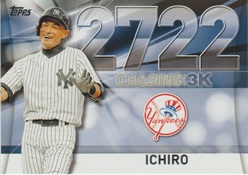
Hallowed Highlights contains 15 cards that feature some of baseball's greatest moments. And some additional cards contain codes free codes for Topps' Bunt app, giving collectors more virtual cards.
Collectors who enjoy buying at retail outlets can try to complete the 40-card MLB Debut insert set, which returns for Series 2. Another retail-only product is the 15-card Record Setters insert. This subset highlights notable achievements of active players.
Building on the success of Series 1, Topps' Series 2 cards follow the same safe pattern. It's relatively easy for set builders to complete the base set, and there are enough inserts to make the product intriguing. The design is clean and the collation is excellent.
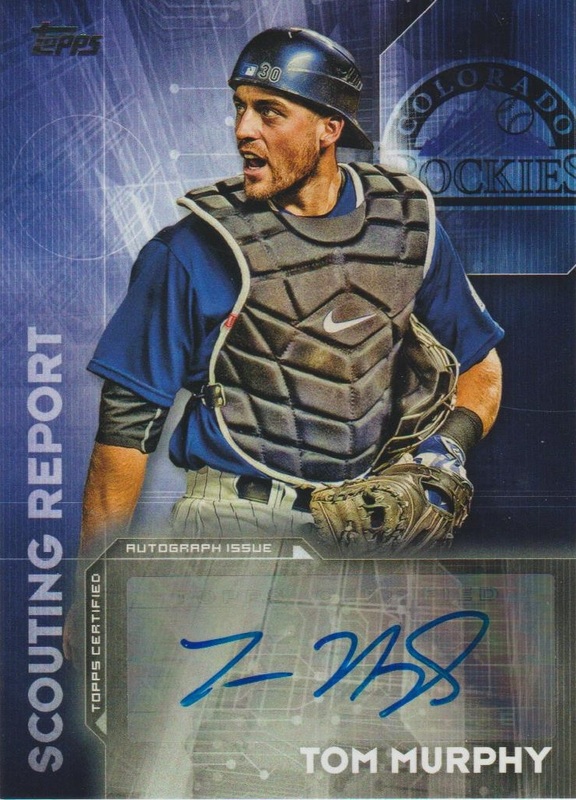
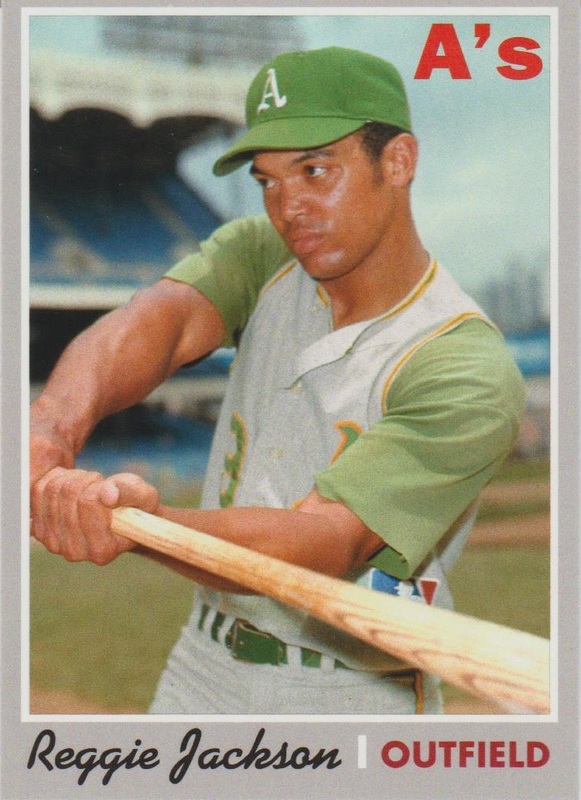
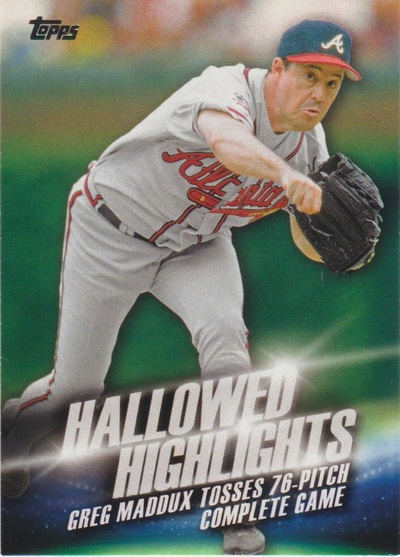
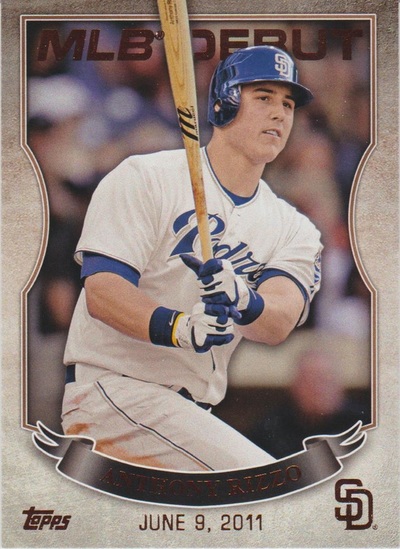

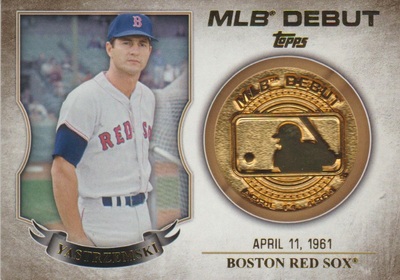
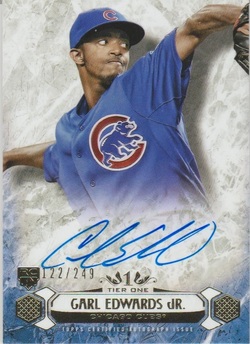
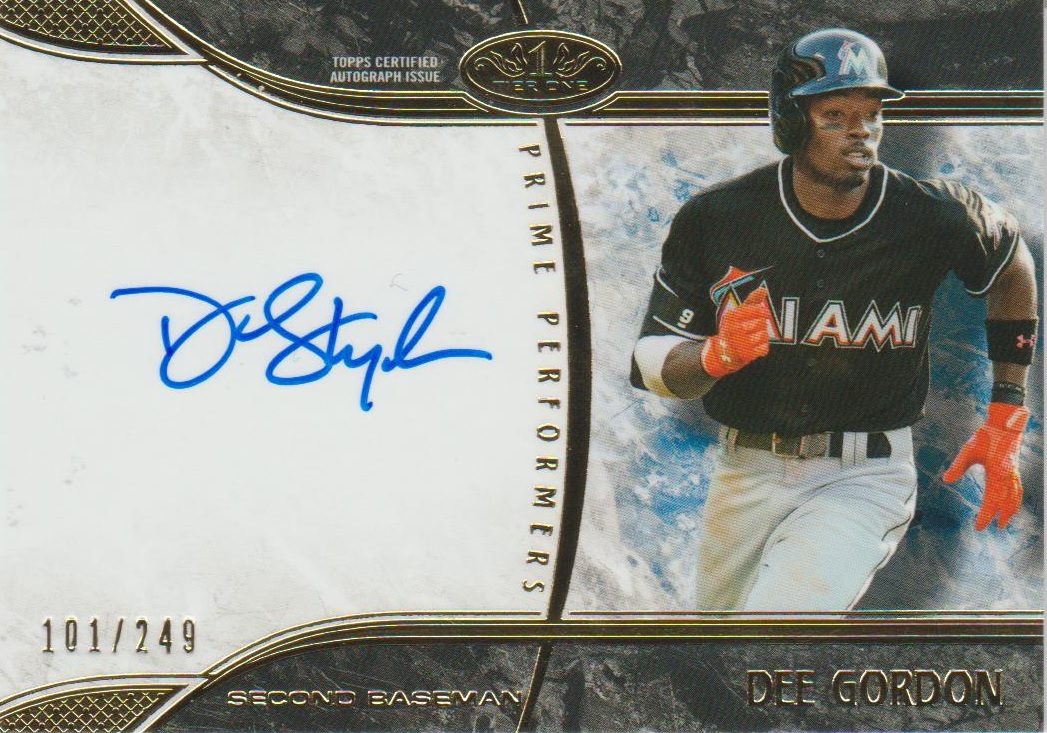
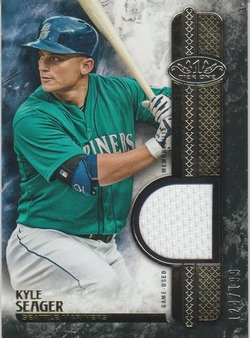
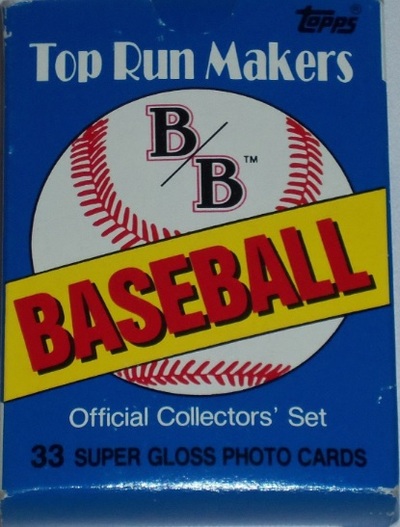
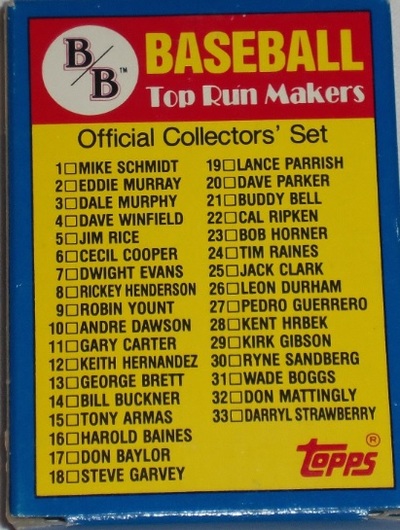
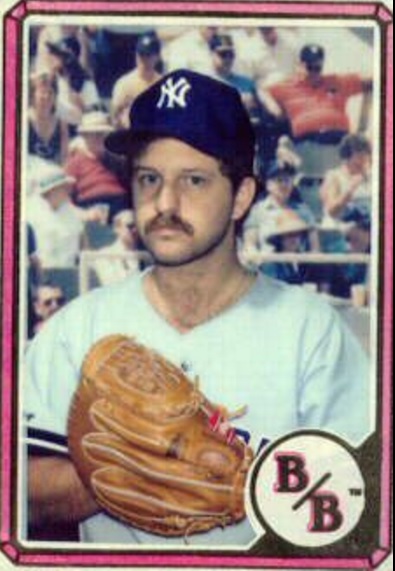
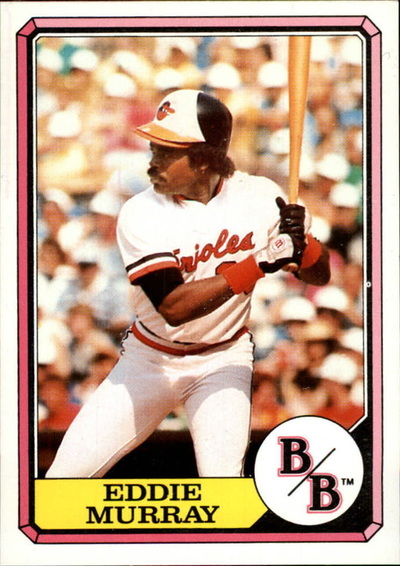

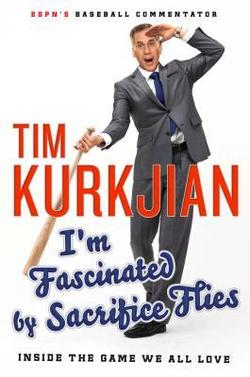

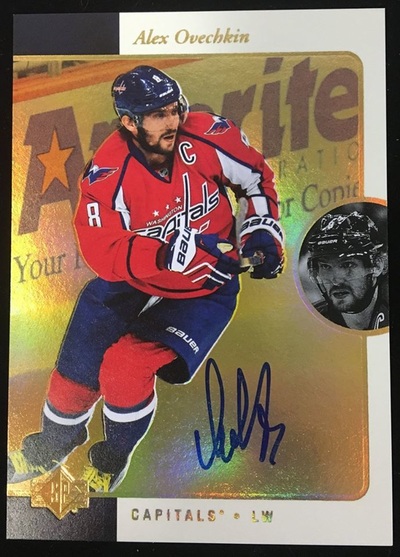
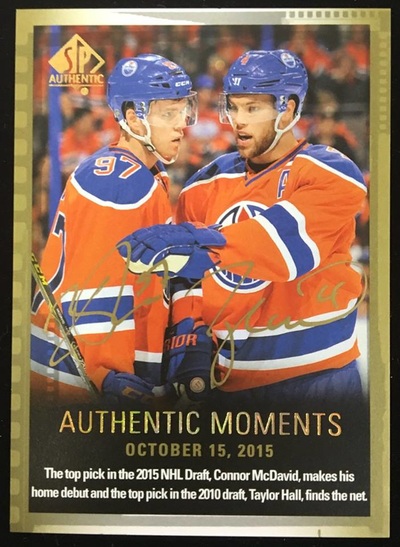
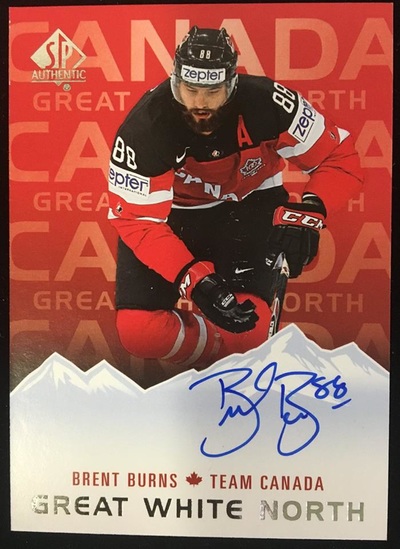
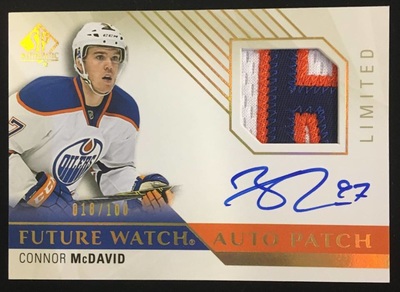
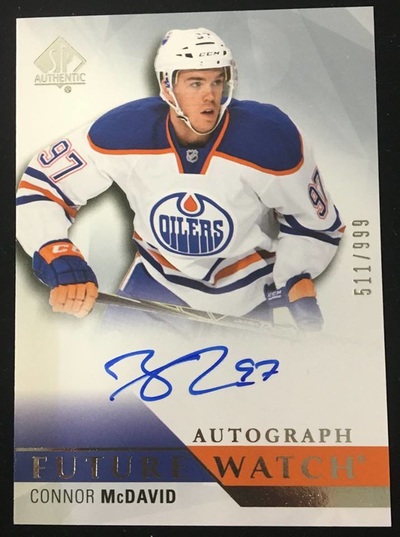
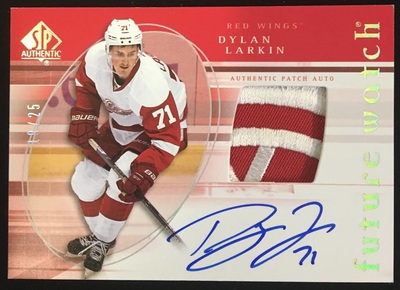
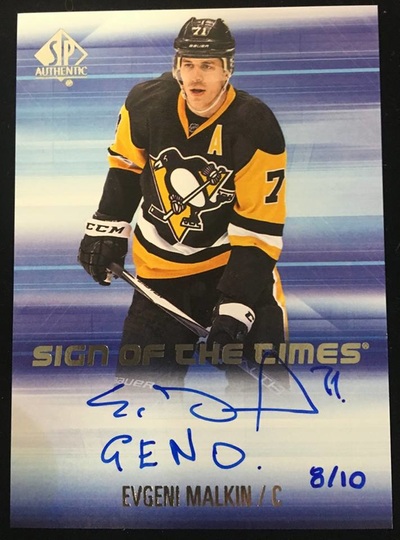
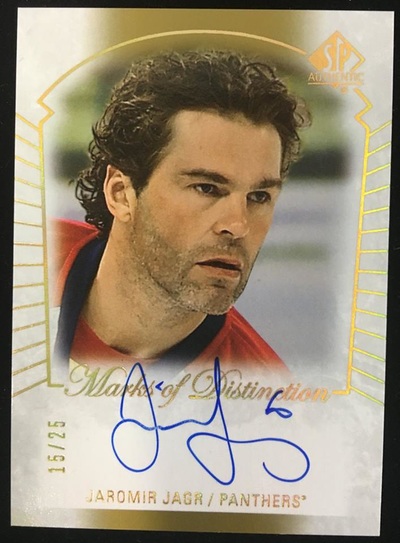
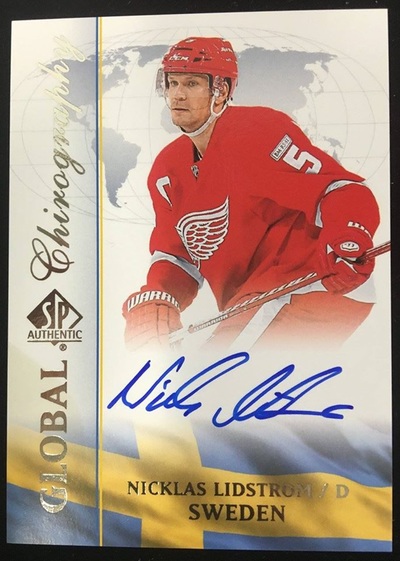
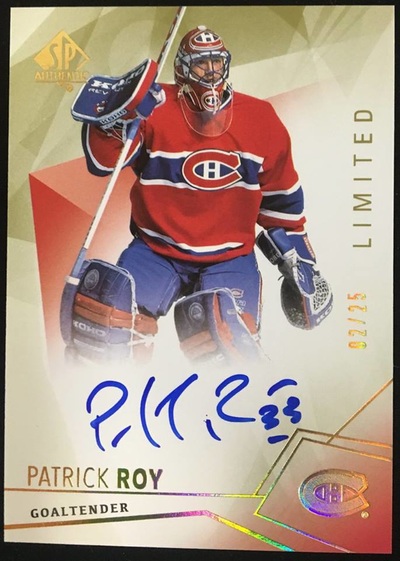
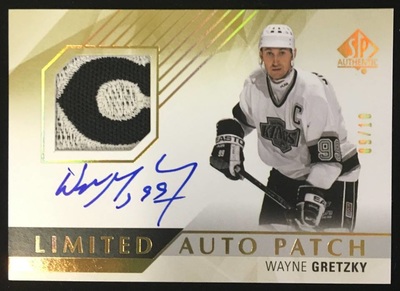
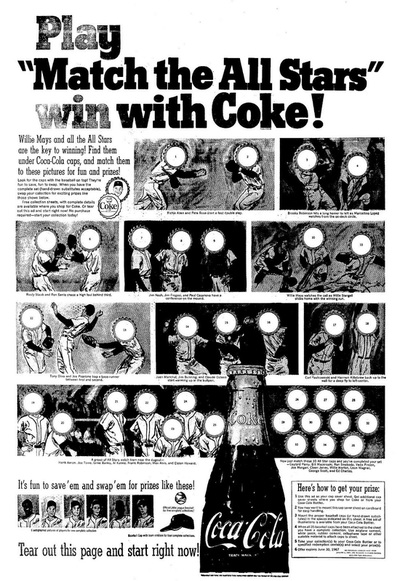
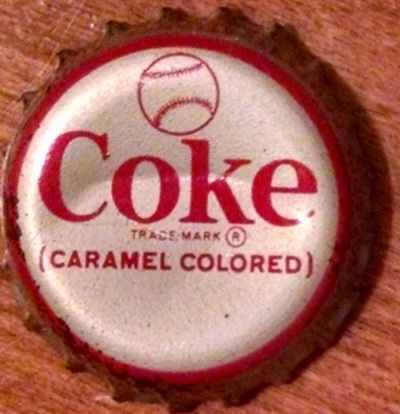
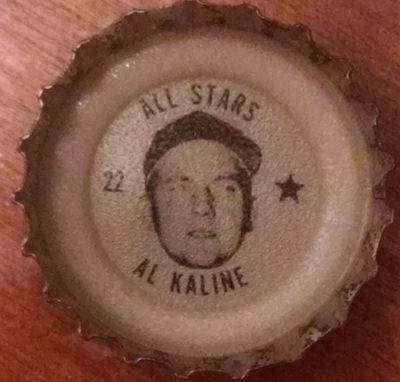
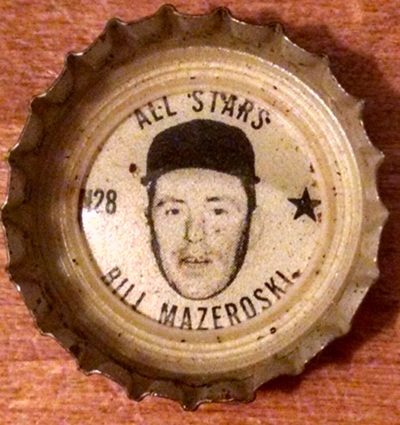
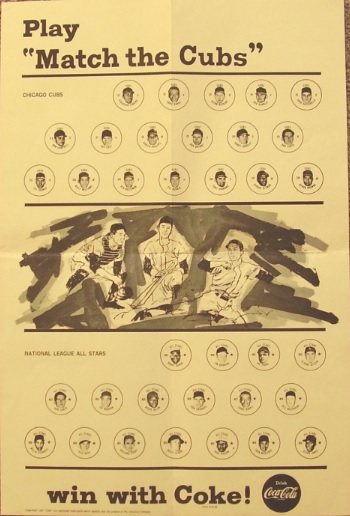
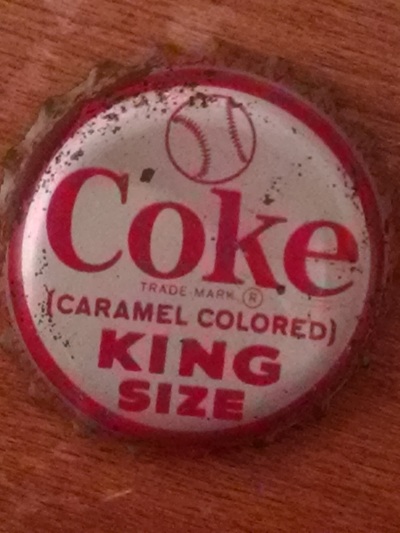
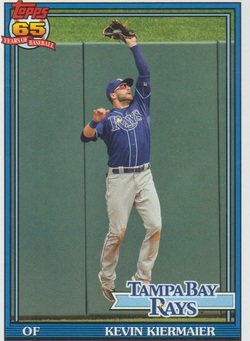
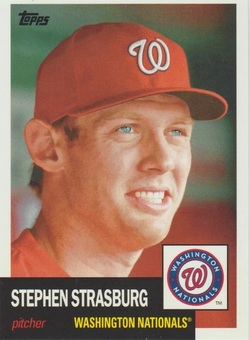
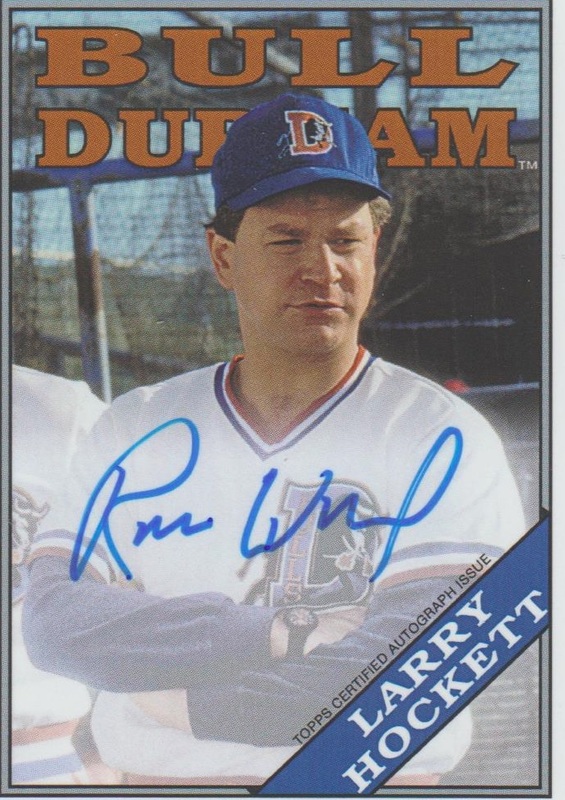
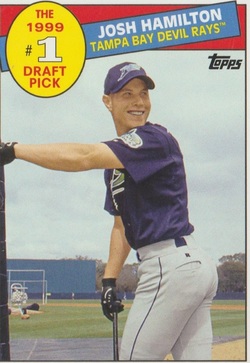
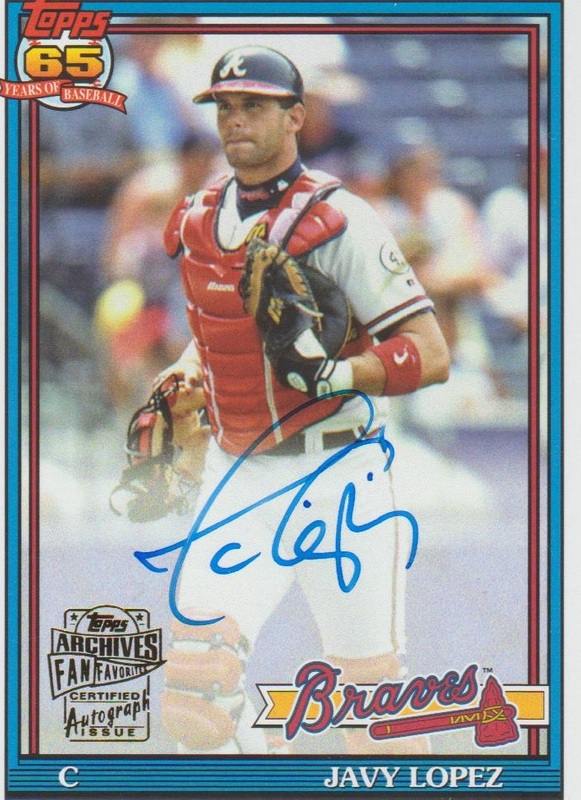
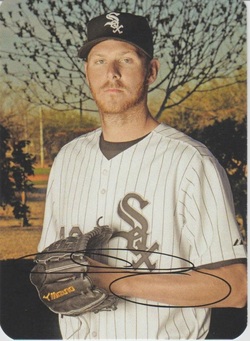
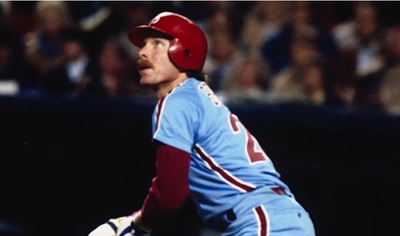
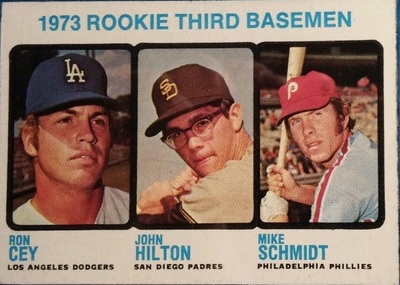
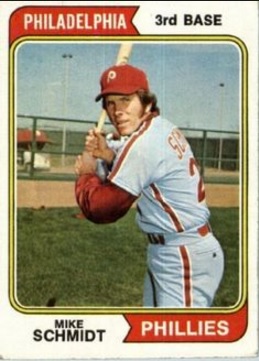
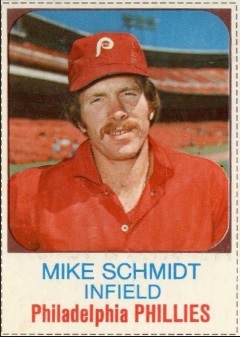
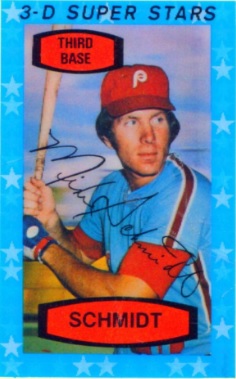
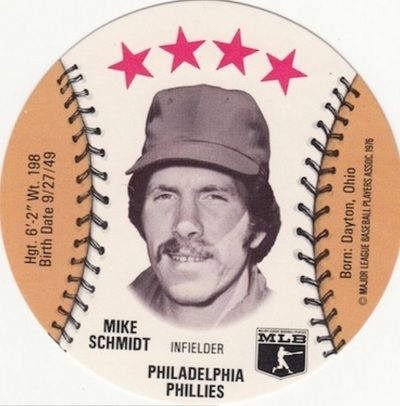

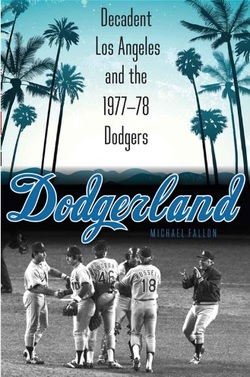

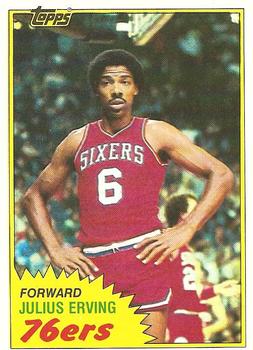
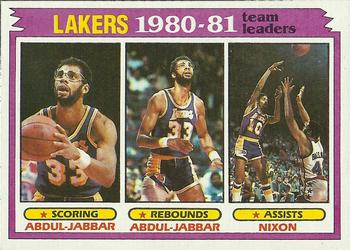


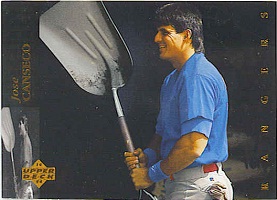
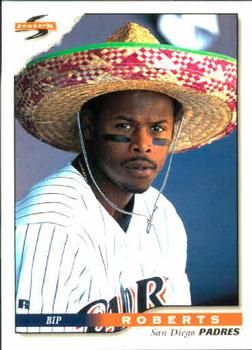
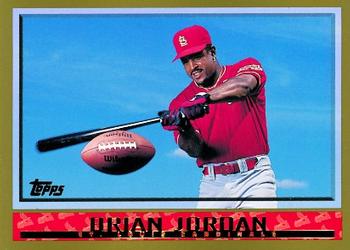
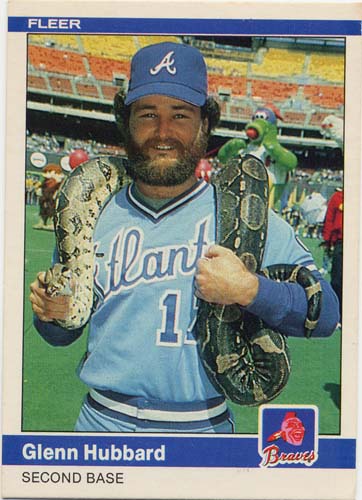
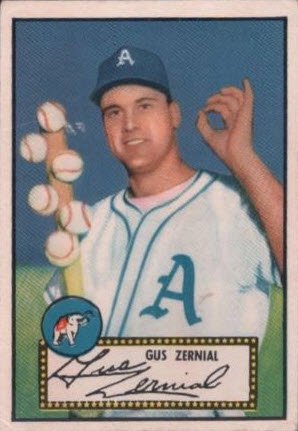
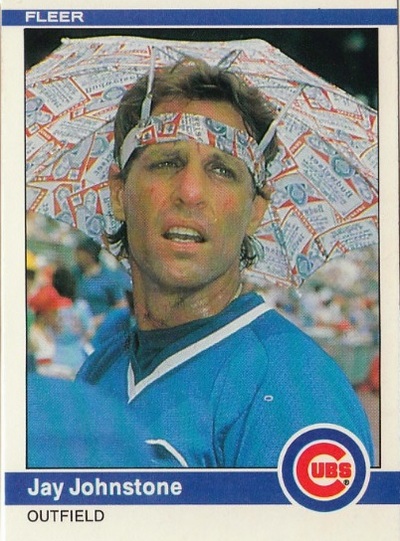
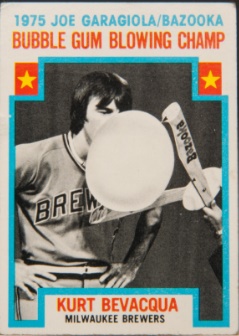
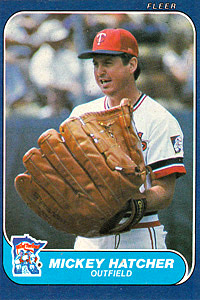
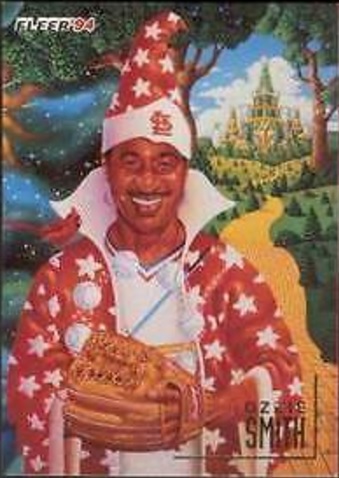
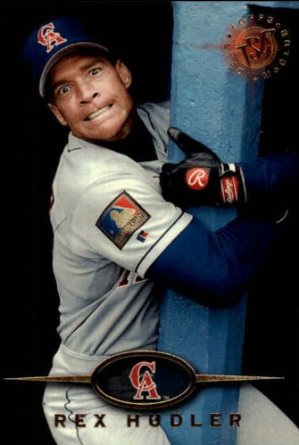

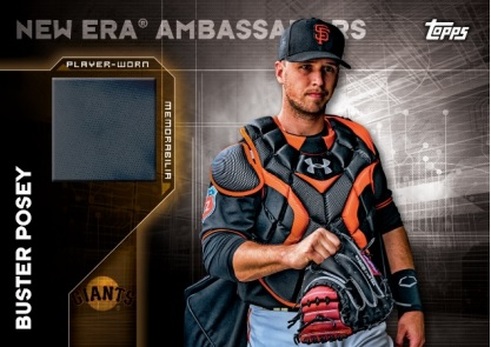
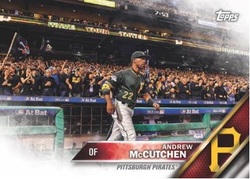
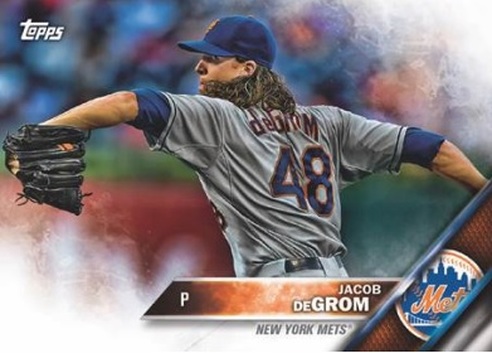
 RSS Feed
RSS Feed
